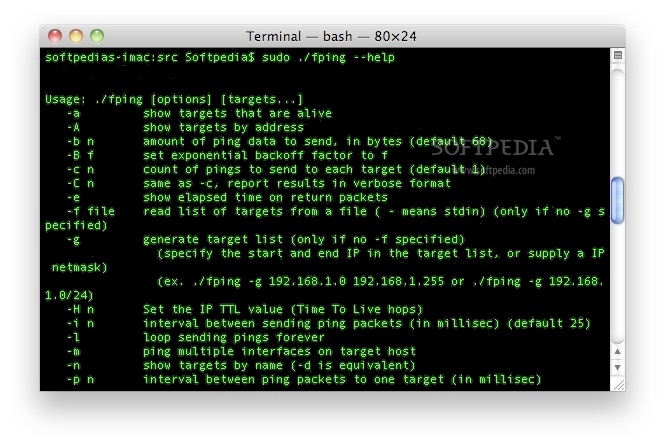

Specifying ranges enables you to create fewer security rules. For example, you could specify 80 or 10000-10005. You can specify an individual or range of ports. Whether the rule applies to inbound, or outbound traffic. The ESP and AH protocols aren't currently available via the Azure portal but can be used via ARM templates. You can't specify multiple IP addresses and IP address ranges in network security groups created through the classic deployment model. Augmented security rules can only be created in network security groups created through the Resource Manager deployment model. The ability to specify multiple individual IP addresses and ranges (you can't specify multiple service tags or application groups) in a rule is referred to as augmented security rules. Fewer security rules are needed when you specify a range, a service tag, or application security group. Network security groups are processed after Azure translates a public IP address to a private IP address for inbound traffic, and before Azure translates a private IP address to a public IP address for outbound traffic. If you specify an address for an Azure resource, specify the private IP address assigned to the resource.

As a result, any rules that exist with lower priorities (higher numbers) that have the same attributes as rules with higher priorities aren't processed.Īny, or an individual IP address, classless inter-domain routing (CIDR) block (10.0.0.0/24, for example), service tag, or application security group.

Once traffic matches a rule, processing stops. Rules are processed in priority order, with lower numbers processed before higher numbers, because lower numbers have higher priority. The name may contain word characters or '.', '-', '_'.Ī number between 1. It must begin with a word character, and it must end with a word character or with '_'. The name can be up to 80 characters long. Each rule specifies the following properties: PropertyĪ unique name within the network security group. Security rulesĪ network security group contains as many rules as desired, within Azure subscription limits. This article describes the properties of a network security group rule, the default security rules that are applied, and the rule properties that you can modify to create an augmented security rule. For each rule, you can specify source and destination, port, and protocol. A network security group contains security rules that allow or deny inbound network traffic to, or outbound network traffic from, several types of Azure resources. You can use an Azure network security group to filter network traffic between Azure resources in an Azure virtual network.


 0 kommentar(er)
0 kommentar(er)
